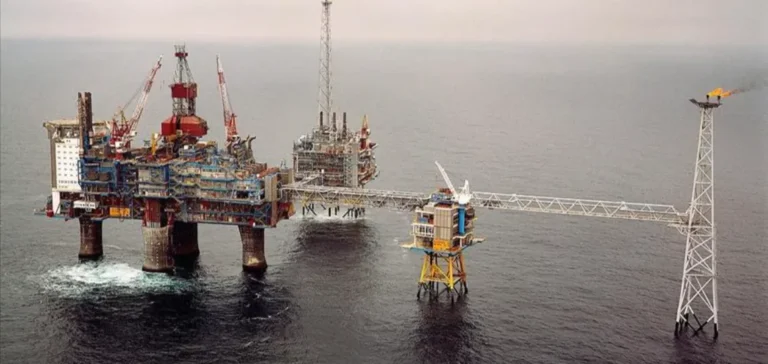U.S. oil companies added six additional drilling rigs over the latest observed week, bringing the total to 424 units, the highest level since July. This marks the fourth consecutive weekly increase and comes as crude prices firm up, driven by supply constraints within the Organization of the Petroleum Exporting Countries and its allies (OPEC+).
Supply constraints support prices
The total number of oil and gas rigs in the United States reached 549, the highest since June. Despite recent momentum, the total remains 6% below the level from the same period last year, according to weekly industry data. The gas segment recorded a drop of one rig, bringing the total to 117, the lowest since July. The Permian Basin, the country’s main producing region, lost one rig, falling to 253, the lowest since September 2021.
Crude oil prices continued to rise. West Texas Intermediate (WTI) crude climbed 0.95% to $65.60 per barrel, while Brent crude reached $70.70, posting its strongest weekly gain since June. The price surge follows Russia’s ongoing fuel export restrictions due to damage from attacks on its refineries, removing 500,000 barrels per day from global supply.
OPEC+ struggles with targets
Since April, OPEC+ has failed to reach its production increase goals. Between April and August, the group delivered only 75% of planned increases, falling short by nearly 500,000 barrels per day. Some members, including Kazakhstan and Iraq, were instructed to implement compensatory cuts for previous overproduction, while others, such as Algeria and Oman, face structural capacity limitations.
The group aimed to increase output by 547,000 barrels per day in September and another 137,000 barrels in October. However, analysts expect actual increases to amount to only half the targets due to capacity constraints.
Market caught between output and inventories
OPEC+ spare capacity, estimated at 4.1 million barrels per day in August, is largely concentrated in Saudi Arabia and the United Arab Emirates. This reserve, alongside Western and Chinese government oil stocks, serves as the main buffer against supply shocks. Its gradual decline is unsettling markets, especially as some members are nearing maximum output.
Market outlooks remain uncertain. October’s actual production increase may not exceed 70,000 barrels per day, according to RBC Capital. Meanwhile, global demand is forecast to grow by 1.3 million barrels per day in 2025 according to OPEC, compared to 700,000 barrels per day projected by the International Energy Agency (IEA), highlighting divergence between forecasts.






















